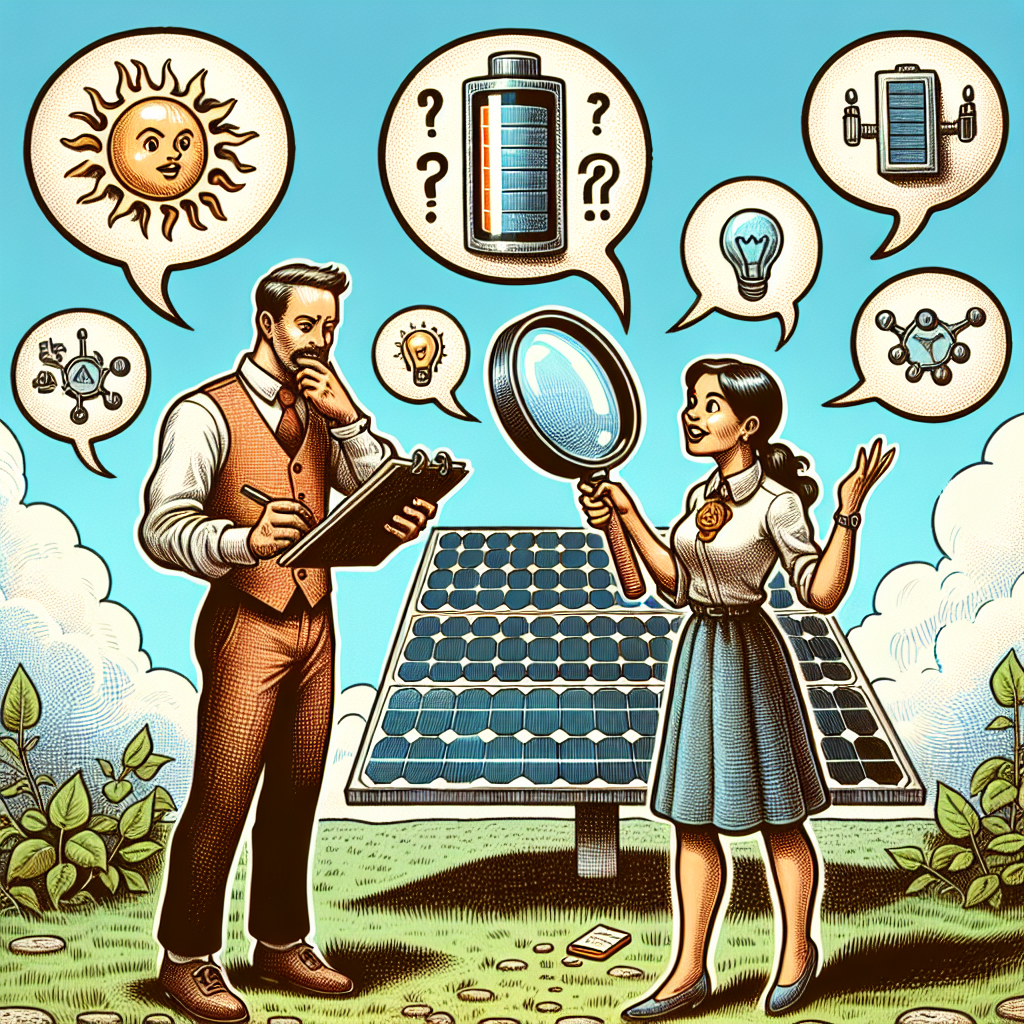Solar energy has made significant strides in recent years, becoming a leading force in the push for sustainable energy. However, despite its growing popularity, several myths surrounding solar energy continue to circulate. These misconceptions can deter individuals and businesses from making the switch to clean energy. In this article, we’ll debunk ten common myths about solar energy, setting the record straight on its benefits and costs.
Myth 1: Solar Energy is Too Expensive
One of the most prevalent myths is that solar energy is prohibitively expensive. While the initial investment can be significant, prices have dropped dramatically over the past decade. According to the Solar Energy Industries Association (SEIA), the cost of solar panels has decreased by over 70% since 2010. With available tax incentives and financing options, many homeowners can now install solar systems with little to no upfront costs.
Myth 2: Solar Panels Don’t Work in Cloudy Weather
A common misconception is that solar panels require constant sunshine to function effectively. While it’s true that solar panels are most efficient in direct sunlight, they can still generate power on cloudy or rainy days. In fact, solar panels convert UV rays into energy, meaning they produce electricity even when the sun is obscured by clouds.
Myth 3: Solar Energy is Not Efficient Enough
Many people believe that solar panels are inefficient and unable to provide adequate energy for their homes. While it’s true that efficiency rates vary between different models, the latest solar technology can achieve efficiency rates of 20% or higher. For most households, a properly designed solar energy system can cover a significant portion of electricity needs, scaling up as energy demands grow.
Myth 4: Solar Energy is Too Complicated to Install
The perception that solar energy systems are complicated to install can deter many potential users. However, the installation process has become simpler than ever. With advancements in technology and growing numbers of trained professionals in the industry, most homeowners can expect a relatively straightforward installation experience. Plus, many companies offer comprehensive support throughout the entire process.
Myth 5: Solar Panels Require Too Much Maintenance
Another myth is that solar panels require high maintenance. In reality, solar panels are designed to last and typically need very little upkeep. Regular cleaning to remove dirt and debris is usually adequate, and most panels come with warranties lasting 25 years or more. Routine checks by professionals are sufficient to ensure they are functioning optimally.
Myth 6: Solar Power is Only for Warm Climates
Some believe that solar power is primarily beneficial in warm, sunny climates. While sunny regions undoubtedly yield more energy from solar panels, solar technology works efficiently in a variety of conditions. Many countries with colder climates, including Germany and Canada, have successfully implemented solar energy solutions, demonstrating that solar is a viable option for virtually any location.
Myth 7: Solar Energy is Bad for the Environment
While it’s true that manufacturing solar panels requires resources, the overall environmental benefit of solar energy outweighs its drawbacks. For every unit of energy generated, solar energy emits far less harmful greenhouse gases compared to fossil fuels. Additionally, as technology continues to improve, the production process for solar panels is becoming increasingly sustainable.
Myth 8: You Can’t Store Solar Energy
There’s a belief that solar energy can’t be stored for later use. However, advancements in battery technology have made energy storage a practical option. Home solar systems can be paired with battery storage solutions, allowing homeowners to store excess energy generated during the day for use during the night or during periods of low sunlight.
Myth 9: Government Incentives Are Not Reliable
Many potential solar adopters worry that government incentives for solar energy may not be stable. While it’s true that these programs can vary depending on political landscapes, various federal and state incentives are designed to support renewable energy in the long term. These incentives encourage the adoption of solar energy to decrease reliance on fossil fuels and stimulate economic growth in the renewable sector.
Myth 10: Solar Energy is a Fad
Finally, some skeptics argue that solar energy is just a passing trend. This misconception overlooks the rapid growth and technological advancements within the solar energy sector. Investment in solar technology continues to rise, and with global initiatives aimed at reducing carbon emissions, solar energy is positioned to play a vital role in our energy landscape for years to come.
Conclusion: Let’s Embrace Solar Energy
It’s time to clear the air on solar energy myths that hinder its widespread adoption. As we navigate the transition towards a sustainable future, understanding the realities of solar energy is crucial. While the road may be paved with misconceptions, the facts present a promising picture of solar energy’s potential. By debunking these myths, we can encourage more individuals and businesses to consider solar solutions, benefiting both our planet and our communities in the long run.
Solar power isn’t just an option; it’s a valuable ally in the fight against climate change. Let’s embrace it together!


